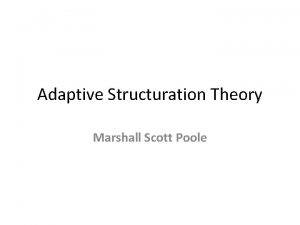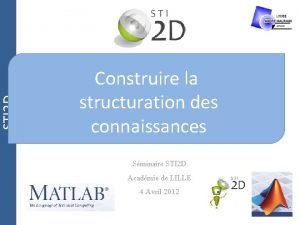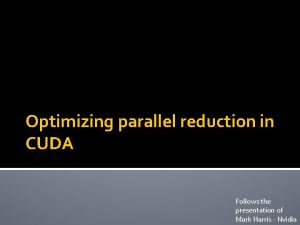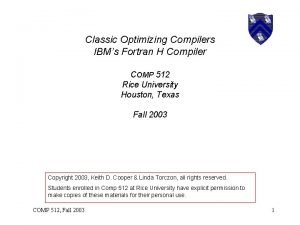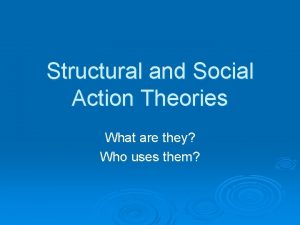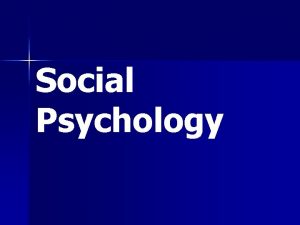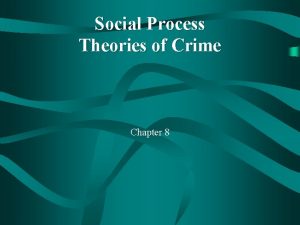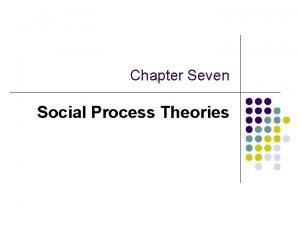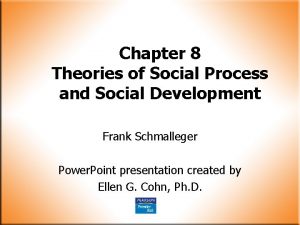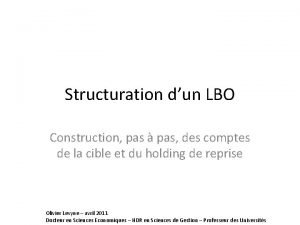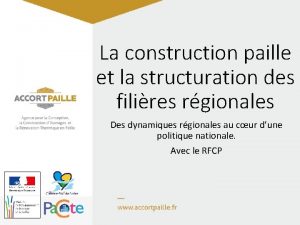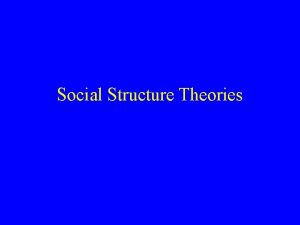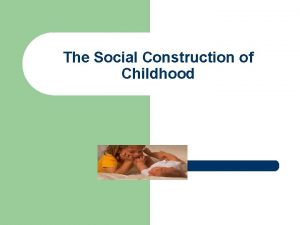From Social Construction to Structuration Optimizing Theories in













- Slides: 13

From Social Construction to Structuration: Optimizing Theories in Debate Analysis Based on lectures from Joeven R. Castro

Social Construction of Reality Peter Berger & Thomas Luckman • Social order is a human product. Or, more precisely, an ongoing human production. It is produced by man in the course of his ongoing externalization • People co-construct reality and rules

Non-interference principle in ASEAN • Member countries of the ASEAN agreed to respect the sovereignty of ASEAN countries by not interfering with domestic matters. Even criticisms are discouraged to avoid. This has helped bring about regional security.

Structuration Anthony Giddens • Giddens suggests, human agency and social structure are in a relationship with each other, and it is the repetition of the acts of individual agents which reproduces the structure. This means that there is a social structure - traditions, institutions, moral codes, and established ways of doing things; but it also means that these can be changed when people start to ignore them, replace them, or reproduce them differently.

traditions, institutions, moral codes, and established ways of doing things structure Action and consciousness repetition of the acts of individual agents reproduces the structure; when people start to ignore, replace , or reproduce structure differently, structure will change Agency

So what? • Useful in understanding why people behave the way they do (e. g. , role of institutions in determining social actions) • Useful in showing why rules (structures) can be changed • Useful in identifying power relations or interests at play

Non-interference principle in ASEAN structure repetition of the acts of individual agents reproduces the structure; when people start to ignore, replace , or reproduce structure differently, structure will change - Awareness that human security is more important than state security Growing criticism Agency

Hegemony Antonio Gramsci 1. Force - temporary 2. Consent 1. Ideological state apparatuses 2. Consequences of disobedience 3. Adaptive and flexible hegemony 4. Presence of counterhegemony

Hegemony 1. Force - temporary 2. Consent 1. Ideological state apparatuses 2. Consequences of disobedience 3. Adaptive and flexible hegemony 4. Presence of counterhegemony 1. Fall of Qaddafi 2. Consent 1. Media as propaganda tool 2. Quash army revolt 3. Negotiate with Libya rebels 4. Opposition declares new Libya government


Panopticon Michel Foucault • Power acts as a type of relation between people, a complex form of strategy, with the ability to secretly shape another's behavior. • Power didn't exclude, repress, censor, mask, and conceal but is a producer of reality: “domains of objects and rituals of truth" (Foucault 1977, 194). • Power has an effect on entire networks, practices, the world around us, and how our behavior can be affected, not power itself.

Panopticon • The Panopticon was a metaphor for the relationship between – 1. ) systems of social control and people in a disciplinary situation – 2. ) the power-knowledge concept. • Power and knowledge comes from surveillance -> acceptance of regulations and docility - a normalization of sorts, stemming from the threat of discipline. (internalization) • Suitable behavior is achieved not through total surveillance, but by panoptic discipline and inducing a population to conform by the internalization of this reality. The actions of the observer are based upon this monitoring and the behaviors he sees exhibited; the more one observes, the more powerful one becomes. The power comes from the knowledge the observer has accumulated from his observations of actions in a circular fashion, with knowledge and power reinforcing each other. • “By being combined and generalized, they attained a level at which the formation of knowledge and the increase in power regularly reinforce one another in a circular process" (Foucault 1977). Michel Foucault

So what? • Knowledge of power and observation of how it works makes the person docile and regulated • Consistent portrayal of sexy females in media makes viewers accept this reality and regulates the industry creating this portrayal
 Adaptive structuration theory adalah
Adaptive structuration theory adalah Structuration des connaissances
Structuration des connaissances How is economizing different from optimizing?
How is economizing different from optimizing? Optimizing parallel reduction in cuda
Optimizing parallel reduction in cuda What is parallel reduction?
What is parallel reduction? The fortran optimizing compiler
The fortran optimizing compiler Dr moza
Dr moza Social thinking and social influence
Social thinking and social influence Social thinking social influence social relations
Social thinking social influence social relations Social functionalism examples
Social functionalism examples Social thinking theory
Social thinking theory Miller's focal concerns
Miller's focal concerns Social process theory
Social process theory Social process theories criminology
Social process theories criminology
